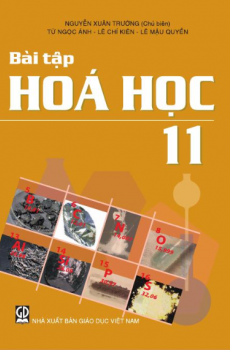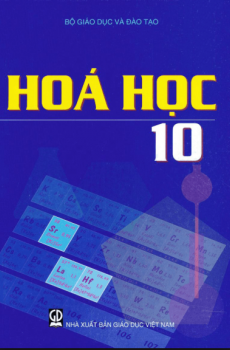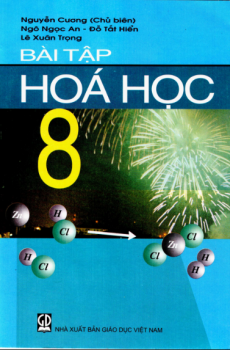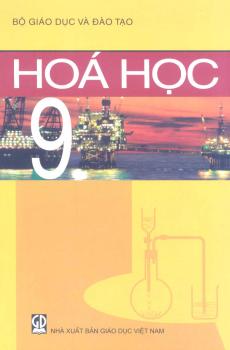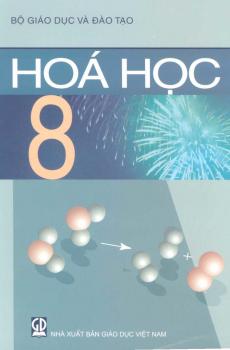The Chemistry, Properties and Tests of Precious Stones
The Chemistry, Properties and Tests of Precious Stones
Log in to download this book.
| Publisher | Chưa rõ |
|---|---|
| Accessible book producer | Public domain |
| Published year | 2007 |
| Coppy right | Chưa rõ |
What constitutes a precious stone is the question which, at the onset, rises in the mind, and this question, simple as it seems, is one by no means easy to answer, since what may be considered precious at one time, may cease to be so at another.
There are, however, certain minerals which possess distinctive features in their qualities of hardness, colour, transparency, refractability or double refractability to light-beams, which qualities place them in an entirely different class to the minerals of a metallic nature. These particular and non-metallic minerals, therefore, because of their comparative rarity, rise pre-eminently above other minerals, and become actually "precious."
This is, at the same time, but a comparative term, for it will readily be understood that in the case of a sudden flooding of the market with one class of stone, even if it should be one hitherto rare and precious, there would be an equally sudden drop in the intrinsic value of the jewel to such an extent as perhaps to wipe it out of the category of precious stones. For instance, rubies were discovered long before diamonds; then when diamonds were found these were considered much more valuable till their abundance made them common, and they became of little account. Rubies again asserted their position as chief of all precious stones in value, and in many biblical references rubies are quoted as being the symbol of the very acme of wealth, such as in Proverbs, chapter iii., verses 13 and 15, where there are the passages, "happy is the man that findeth wisdom ... she is more precious than rubies"—and this, notwithstanding the enormous quantity of them at that time obtained from the ruby mines of Ophir and Nubia, which were then the chief sources of wealth.
It will also be remembered that Josephus relates how, at the fall of Jerusalem, the spoil of gold was so great that Syria was inundated with it, and the value of gold there quickly dropped to one-half; other historians, also, speaking of this time, record such a glut of gold, silver, and jewels in Syria, as made them of little value, which state continued for some considerable period, till the untold wealth became ruthlessly and wastefully scattered, when the normal values slowly reasserted themselves.
Amongst so many varieties of these precious minerals, it cannot be otherwise than that there should be important differences in their various characteristics, though for a stone to have the slightest claim to be classed as "precious" it must conform to several at least of the following requirements:—It must withstand the action of light without deterioration of its beauty, lustre, or substance, and it must be of sufficient hardness to retain its form, purity and lustre under the actions of warmth, reasonable wear, and the dust which falls upon it during use; it must not be subject to chemical change, decomposition, disintegration, or other alteration of its substance under exposure to atmospheric air; otherwise it is useless for all practical purposes of adornment or ornamentation.



